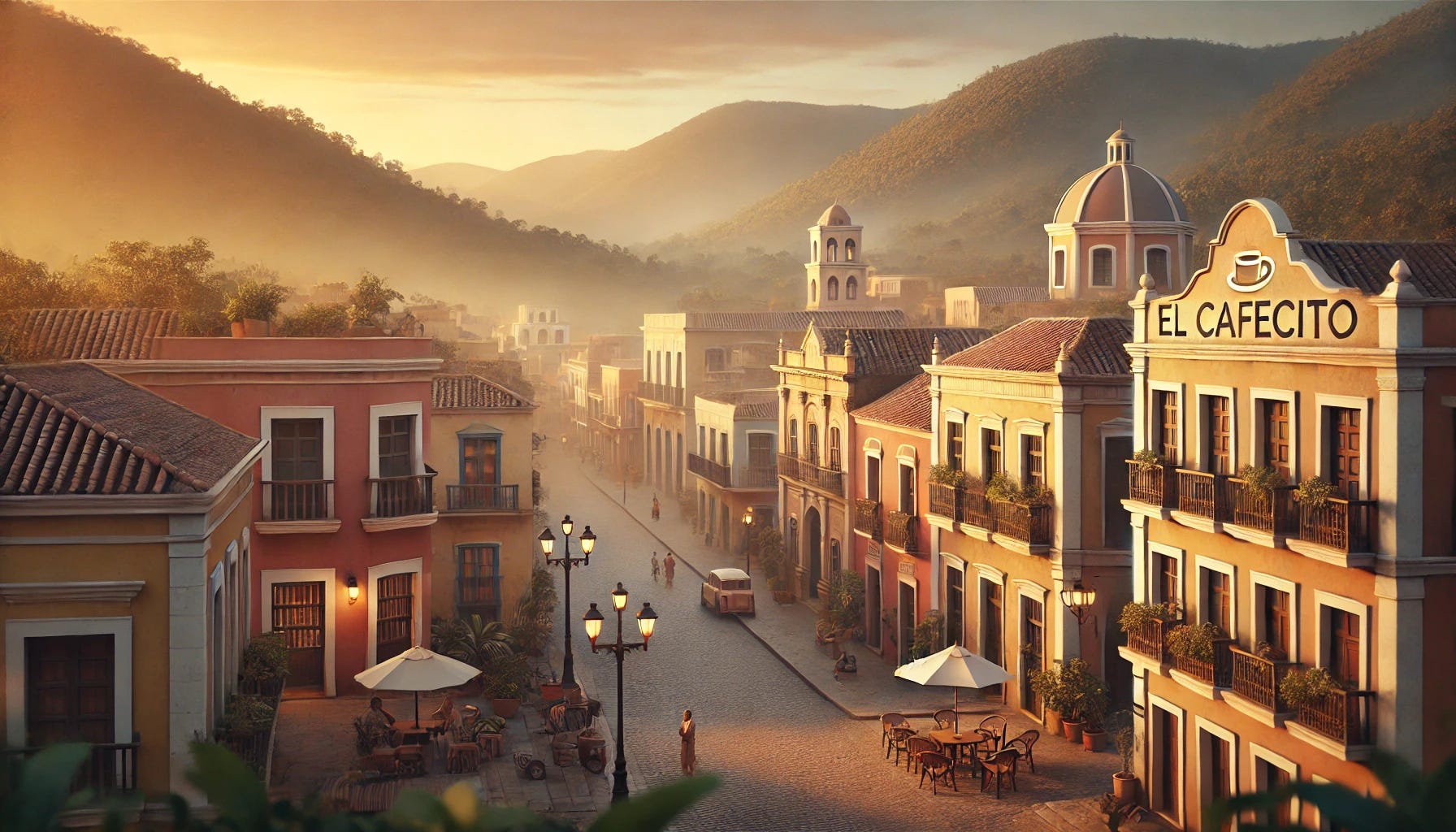COP16 in Colombia, Environmental Crimes, Peru's Land Grab, and Cuba's Economic Crisis: El Cafecito #3 del 21/10/2024
Your weekend digest of Latin America's top reads this October, this week focusing on environmental challenges ahead of COP16 in Colombia, by Prof. Nicolas Forsans.
As COP16 kicks off in Cali, Colombia this week, the spotlight is on Latin America's growing environmental challenges, with organised crime organisations having the upper hand on governments, and governments facing scrutiny for their handling of illegal deforestation and resource exploitation. In this issue, we also explore the forthcoming trial of mining company BHP in London’s High Court and Cuba’s latest power outage as a sign of deepening economic crisis.
If you enjoy these posts, please share them with friends, colleagues and family. For feedback and suggestions, do get in touch!
Subscribe for free to Latin America ¡SinFiltro! and stay informed with the latest analysis on the critical political and social issues shaping Latin America today




